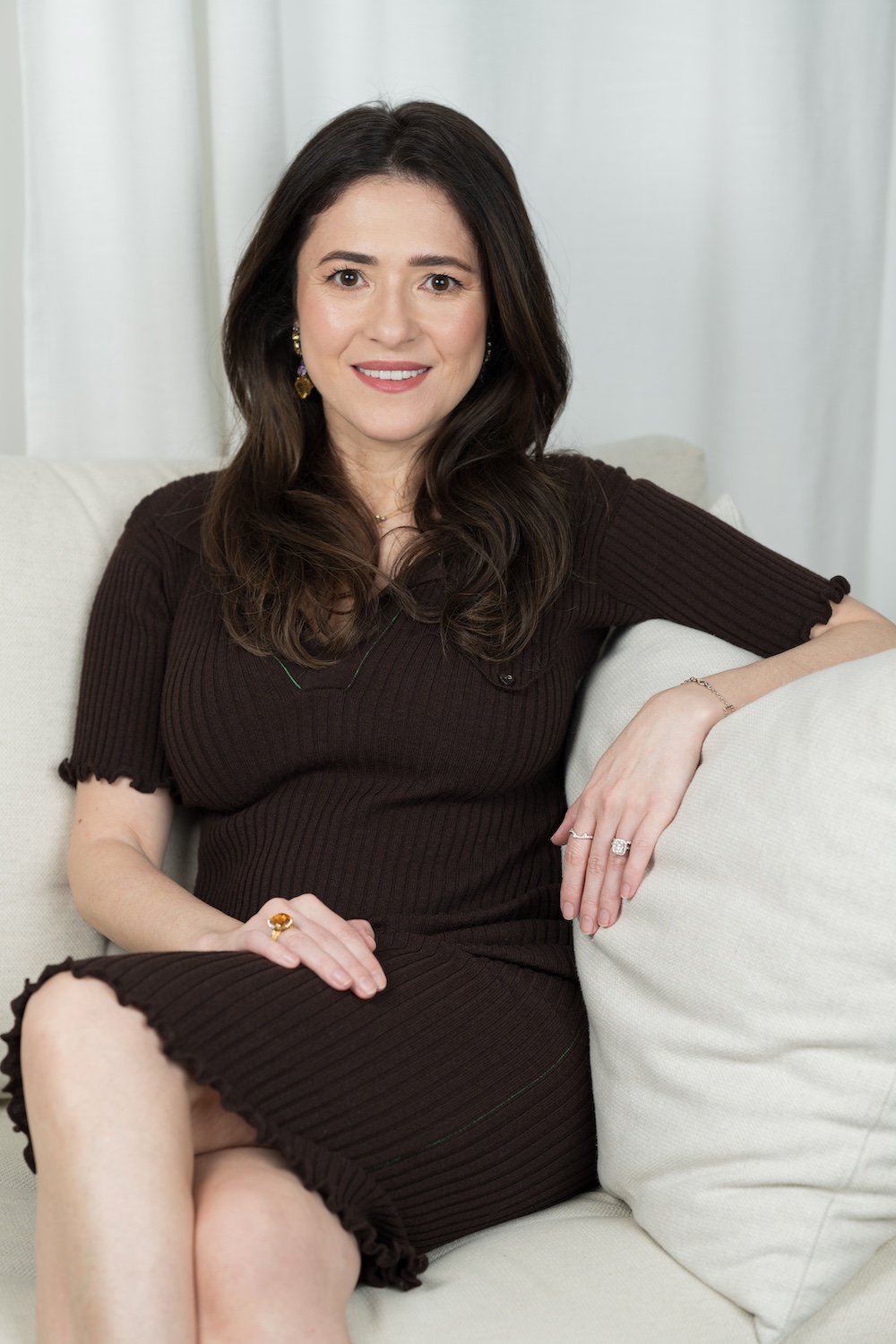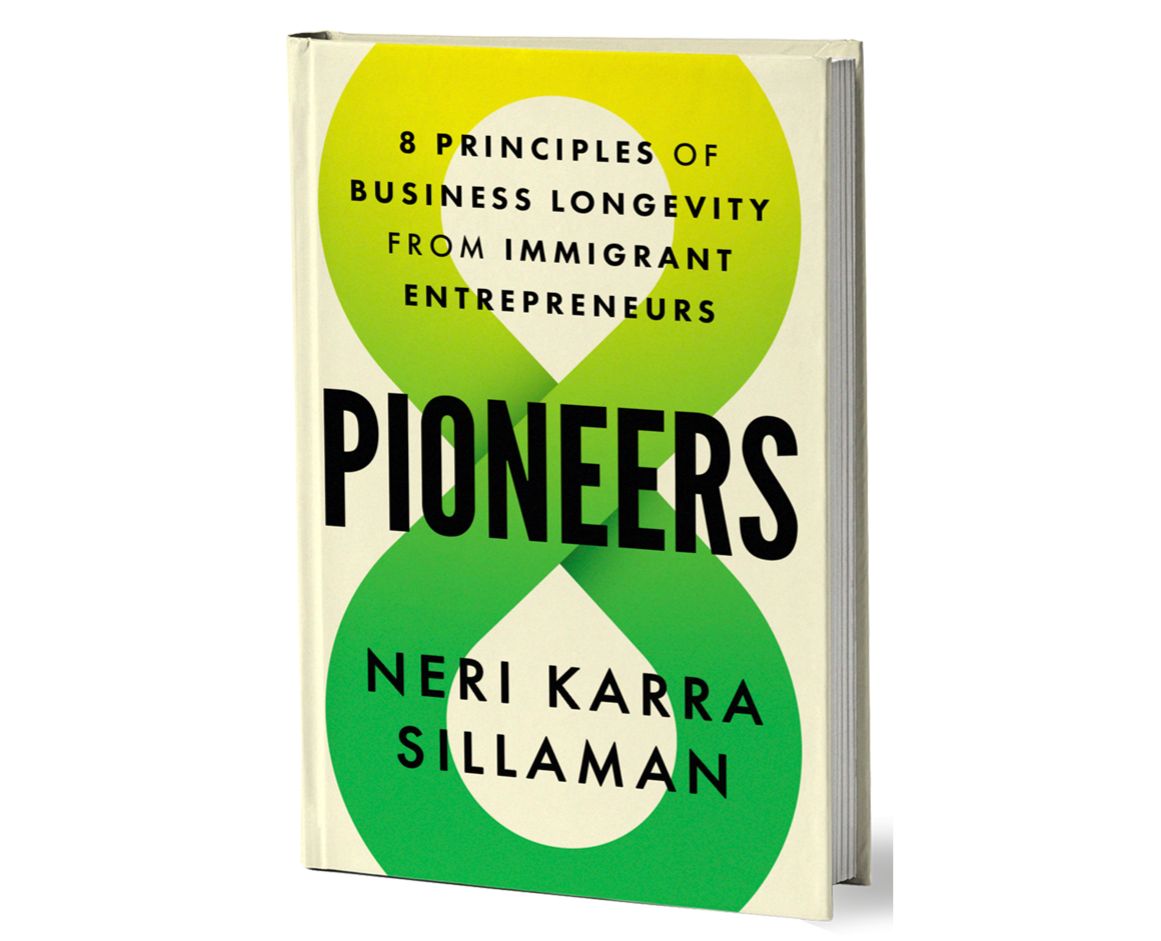
Duolingo is one of many large U.S. companies founded by immigrants. (Image courtesy of Duolingo.)
It’s often said that immigrants are the backbone of America. But University of Oxford entrepreneurship expert Neri Karra Sillaman gives a more apt description: “Immigrants are the builders of America.”
She has the data to back it up. As of 2024, 46 percent of Fortune 500 companies were started by immigrants or their children, according to the nonprofit American Immigration Council. In the United States, nearly 80 percent of privately held companies worth at least $1 billion are founded by an immigrant or have an immigrant in a senior leadership position, according to a National Foundation for American Policy analysis.
For Sillaman, who studies business longevity, it’s not just about how much money a company makes or how long it lasts — it’s about impact.
Driven by impact
“The primary driver — why they do what they do — is not driven by pure financial motivation, and that's a very important aspect of why their businesses become successful,” said Sillaman, who is also the author of “Pioneers: 8 Principles of Business Longevity From Immigrant Entrepreneurs.” “They are not driven by: 'Let me start a business, grow it to a certain point, and then sell it and get out quickly.' They are driven by making a change, by leaving an impact, by leaving something to their children, even by creating legacy.”
Charles Worth, a fashion designer who immigrated from London to Paris, is a prime, early example. Though his fashion house did not survive, he became a dominant presence in Parisian fashion in the mid-1800s and made a lasting impact on the industry, Sillaman said. As the father of haute couture, designer labels, catwalk shows, and seasonal collections all owe their existence to him.
That same sense of legacy and lasting change can be seen among immigrant entrepreneurs in the U.S. today, like Guatemalan-born Luis von Ahn, who founded the free language-learning app Duolingo with Swiss immigrant Severin Hacker.
“He saw firsthand what lack of education can do to society,” Sillaman said, referring to von Ahn’s upbringing during a civil war in Guatemala. “So he revolutionizes and democratizes education by allowing anyone to learn a language, which can be incredibly costly.”
Von Ahn also created Captcha, the digital security measure used to differentiate human users from robots, which he gave away. He was more interested in solving problems than in making money, Sillaman said. While the anti-bot puzzles can be irritating, they’ve saved the tech industry countless headaches.
Still, the desire to make an impact doesn’t fully explain why immigrants take the entrepreneurial path at twice the rate of U.S.-born citizens. While there are many reasons, necessity is one of the big ones, Sillaman said.
“They usually leave behind their community, their education is not recognized, and they don’t find employment that easily,” she said. “Sometimes, they are not even given the same opportunities as the local people.”
In the absence of those opportunities, immigrants have to make them for themselves, Sillaman added. Starting a business gives them control over their destiny.

Strategies that spark success
Necessity also applies to one of the most valuable parts of entrepreneurial success among immigrants: creating community. A lot of immigrants are coming from places that value the collective, but immigrating can mean leaving behind family, friends and others who form their community, Sillaman said. While that community has to be built again from scratch, doing so proves beneficial to entrepreneurship.
Instead of focusing on social media, people solely from the same culture, or religion, immigrant entrepreneurs tend to focus on creating community through commonalities like food, nature or work, Sillaman said. This allows them to create ties with people who may be very different from them through storytelling and common interests.
“When they start to rebuild these ties, they do it in a very deliberate, very strategic way,” she said. “They get together, they build businesses collectively, and they are very much aware of the fact that the business is part of this ecosystem. They have to nurture others and nurture the ecosystem that they are part of, so the business can also grow.”
Hamdi Ulukaya, who immigrated from Turkey, did this when he took over a defunct Kraft yogurt factory in New York, resulting in the multi-billion-dollar yogurt business Chobani. Ulukaya continues to invest in his community by giving employees a share of the profits and relying on internal advisors, Sillaman said.
Sillaman named two other ways that immigrant entrepreneurs do business differently that help them succeed at a higher rate. They look within for inspiration, and they reframe failure as opportunity.
“In entrepreneurship, everyone will say to you, you need to find an unmet need in the market, go out, and try to fill it profitably,” she said. “When I was interviewing Reem Hassani, the founder of Numi Tea, she said to me, ‘You have to look within first, see what your passion is. See what bothers you about the world. What do you want to change?’”
Those same sentiments are echoed by many other immigrant entrepreneurs whom Sillaman interviewed for her book. Likewise, they see failure and rejection as opportunities to learn and invitations to change their approach and try again, she said.

Success without capital
All of these things join together to overcome the biggest challenge immigrant entrepreneurs face: starting a business with a lack of funding from banks and investors, Sillaman said. She calls the principle “frying in your own oil,” a Turkish saying passed down by her grandfather. “It means to be self-sufficient, to make the best of your resources and do the best with what you have,” she said.
Sillaman gave the example of the business her family started after immigrating to the U.S., making luxury leather goods like cell phone cases and keychains. They were able to get their start after negotiating discounts on scraps that their Italian leather suppliers would have otherwise thrown away.
“Immigrant entrepreneurs, because of that lack of access to capital, are tremendous at doing the very best with what they have,” Sillaman said. “They are tremendous at identifying an opportunity that other people cannot easily see because they are almost forced to.”
With all of this in mind, Sillaman warns that the backlash against immigration in the U.S. will have a negative impact on entrepreneurship, and as a result, innovation.

Riya Anne Polcastro is an author, photographer and adventurer based out of Baja California Sur, México. She enjoys writing just about anything, from gritty fiction to business and environmental issues. She is especially interested in how sustainability can be harnessed to encourage economic and environmental equity between the Global South and North. One day she hopes to travel the world with nothing but a backpack and her trusty laptop.













